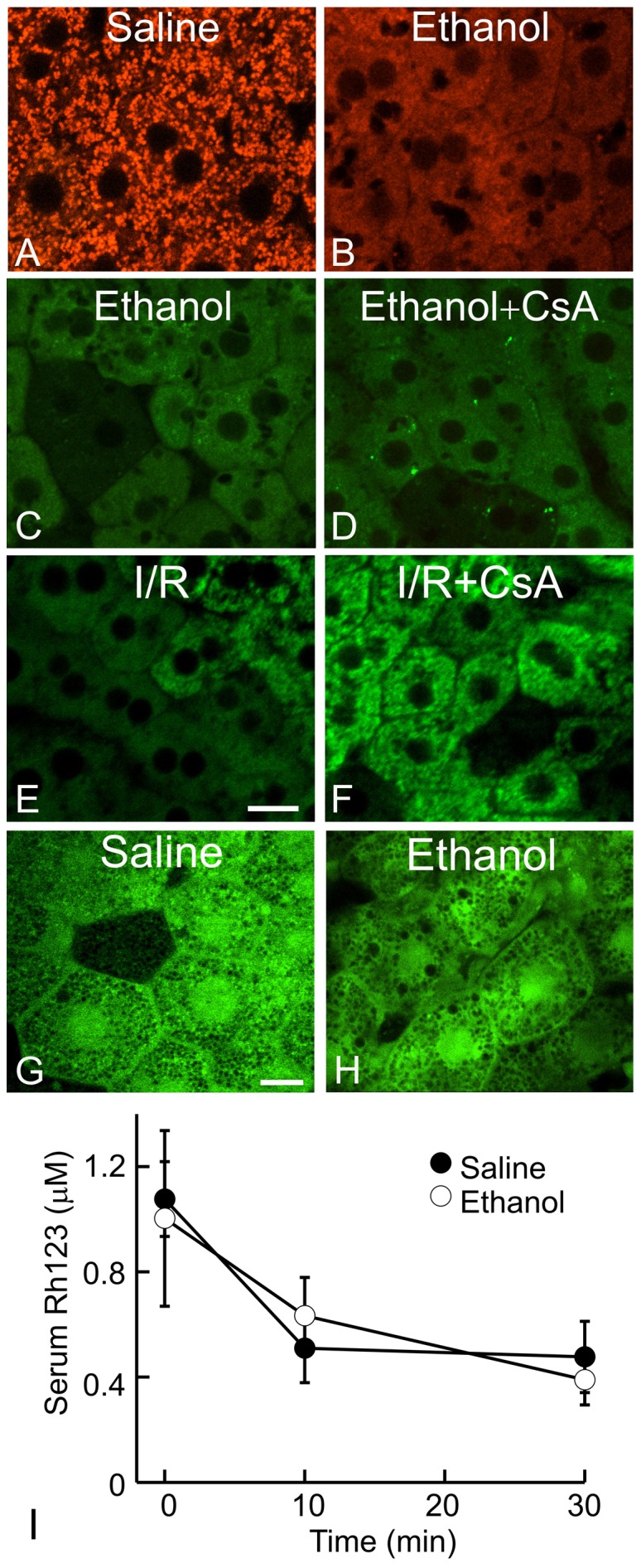Figure 3. Loss of mitochondrial Rh123 fluorescence after ethanol is unlikely due to upregulation of organic cation transporters, the mitochondrial permeability transition or changes in Rh123 pharmacokinetics.

In A–D, G and H, mice were treated with saline or ethanol (6 g/kg, i.g.), and images were collected at 6 h after treatment. In A and B, TMRM fluorescence was detected by intravital confocal microscopy. In C, D, E and F, mice were given vehicle or cyclosporin A (CsA, 10 mg/kg, i.g.). In E and F, sham-operation and hepatic ischemia/reperfusion (I/R) was performed, and images were collected 2 h later. In C, D, E and F, intravital multiphoton microscopy of Rh123 was performed to detect mitochondrial depolarization. In G and H, calcein fluorescence was imaged. Representative images of 3–4 mice per group are shown. Bars are 10 and 5 µm in E and G, respectively. In I, Rh123 was infused 6 h after saline or ethanol treatment. Blood was collected at 0, 10 and 30 min after Rh123 loading, and serum Rh123 was measured. Serum Rh123 was not significantly different between saline and ethanol-treated mice (n = 3 per group).
